Entsuji Temple
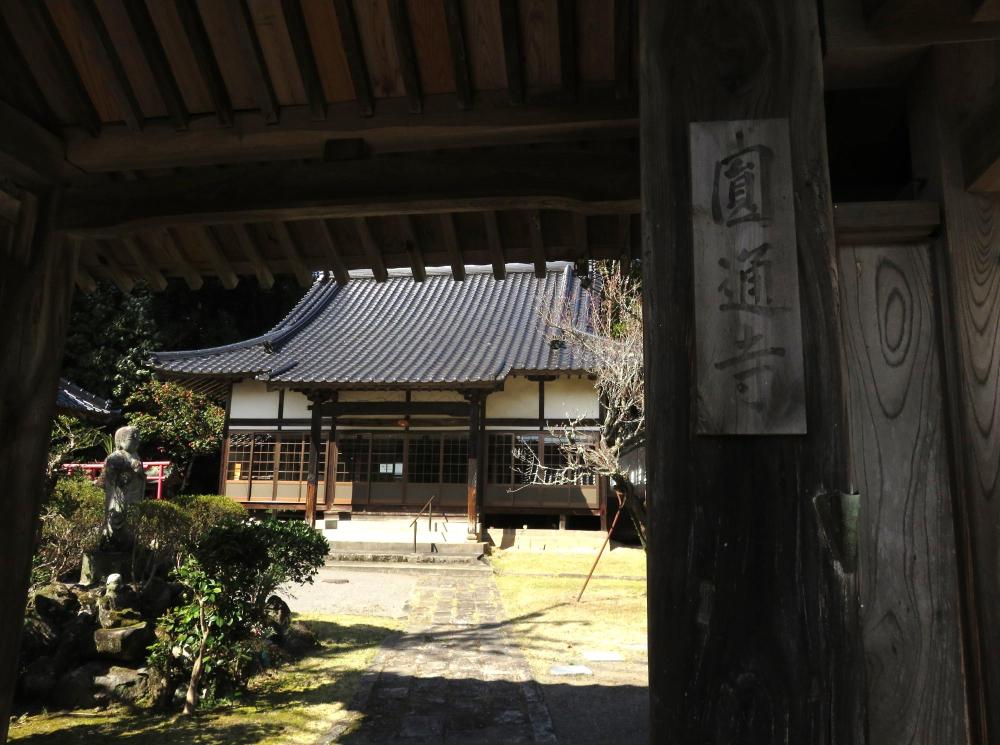
Entsuji Temple
The Buddhist monk Jinshi Eison (1195–1273) founded Entsuji Temple in 1243 with funding from Usa Kiminaka, the head priest of Usa Jingu Shrine at the time. According to legend, Eison had a strong connection with the deity Hachiman worshipped at Usa Jingu. The location of Entsuji is said to reflect the relationship between the two institutions: the road to the temple, the gate, and the Hondo (Main Hall) lie on the same straight line as the northern approach to Usa Jingu.
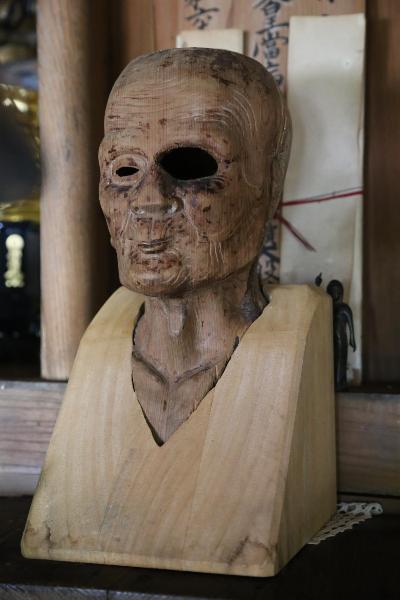
Wooden head of Jinshi Eison statue
Eison was a Zen monk from northern Kyushu who went to China in 1235 to study Buddhism. According to legend, he came to Usa Jingu in 1243 after he returned to Japan to express gratitude to Hachiman for the safe journey. Eison used the opportunity to relay the teachings of Buddhism he had learned and received an oracle from Hachiman bestowing upon him the title of jinshi, “teacher of the deity.” The monk, however, chose to replace one of the kanji characters so that the meaning became “child of the deity,” making the name more humble.
In addition to founding Entsuji, Eison greatly contributed to the reconstruction of Mirokuji Temple, which burned down many times throughout its history. Mirokuji stood on the grounds of Usa Jingu and served as the jinguji, the most important Buddhist temple within the complex during the centuries of syncretic Shinto and Buddhist worship, performing both religious and administrative functions. In recognition of Eison’s efforts, Usa Jingu awarded Entsuji the same treatment as a jinguji, even though the temple was far outside its grounds.
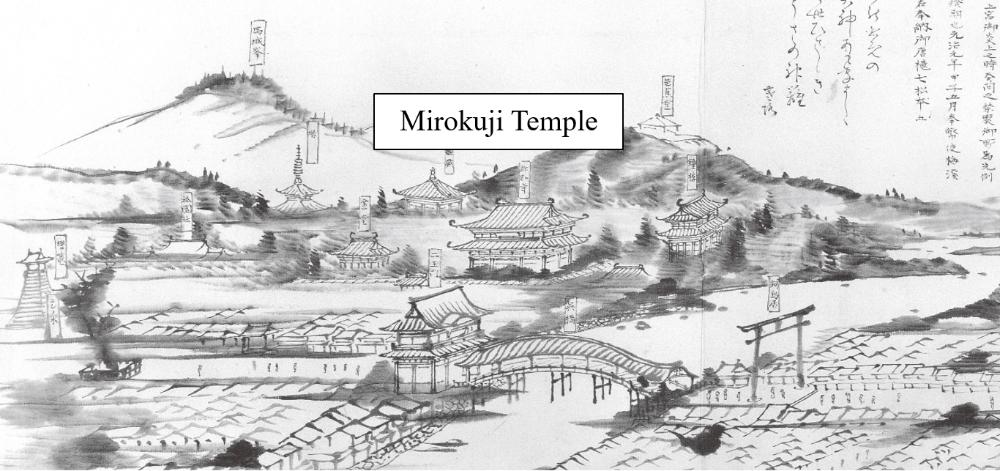
Mirokuji Temple depicted in The Illustrated Diary of Minomushi Sanjin (1864)
Two carved wooden heads are preserved in the Hondo of Entsuji. The one on the right portrays Eison, and the one on the left depicts Muhon Kakushin (1207–1298), another Rinzai Zen monk of that era who helped restore the temple. The original standing, full-body statues of the two monks decayed, and only the heads could be salvaged. Another noteworthy treasure is a statue of Amida Buddha from the thirteenth century, thought to have once been the principal object of worship at a branch temple.
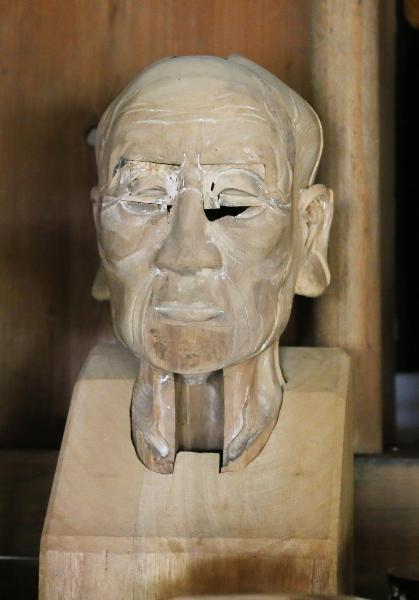
Wooden head of Muhon Kakushin statue
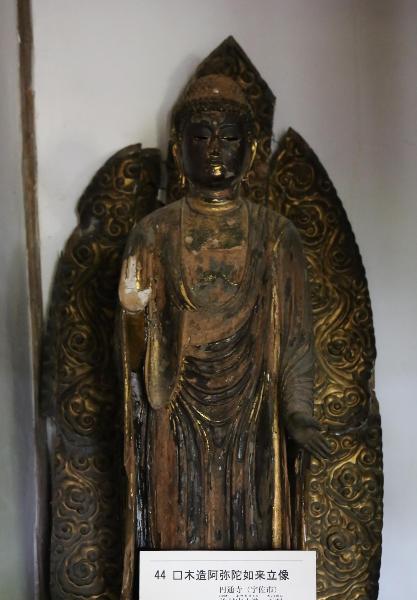
Statue of Amida Buddha
Entsuji is located about 1 kilometer to the north of Usa Jingu, beyond the Shinkyo Bridge and Dairakuji Temple. It belongs to the Daitokuji school of Rinzai Zen Buddhism and is the oldest Rinzai temple in Oita Prefecture. Guided tours, zazen meditation, and sutra copying sessions are available with prior reservation by phone. Please note that inquiries are accepted only in Japanese.
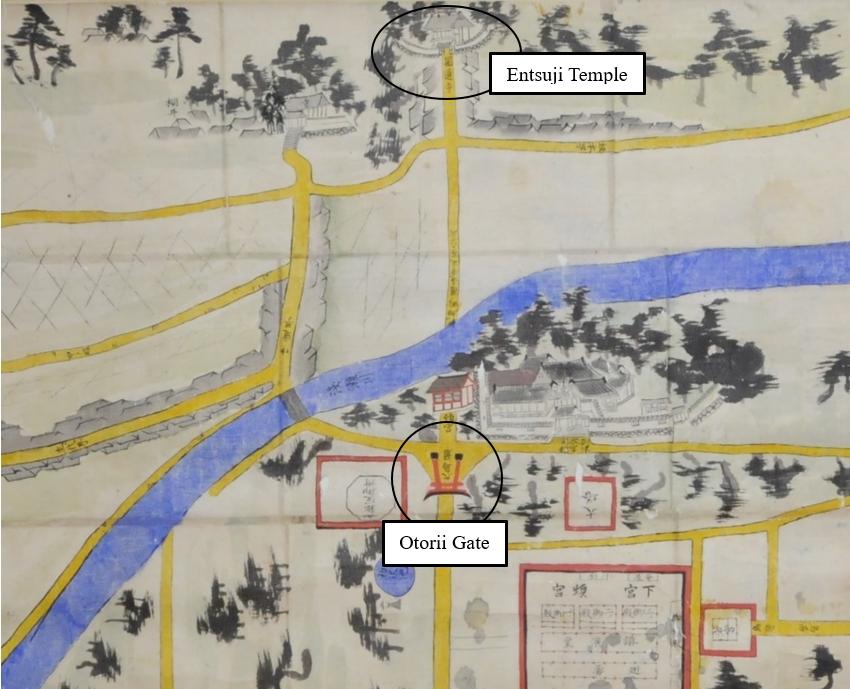
Illustrated map of Usa Jingu Shrine and the surrounding area (mid-nineteenth century)

This English-language text was created by Japan Tourism Agency.







更新日:2024年03月18日